
How to Use USB-6003 DAQ: Examples, Pinouts, and Specs
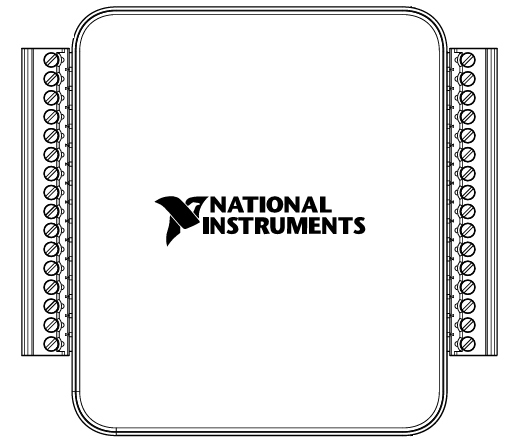
 Design with USB-6003 DAQ in Cirkit Designer
Design with USB-6003 DAQ in Cirkit DesignerIntroduction
The USB-6003 is a versatile data acquisition (DAQ) device manufactured by National Instruments. It connects to a computer via USB and provides a range of features, including analog input, digital I/O, and counter/timer capabilities. This compact and cost-effective device is ideal for applications requiring data measurement, signal processing, and control.
Explore Projects Built with USB-6003 DAQ
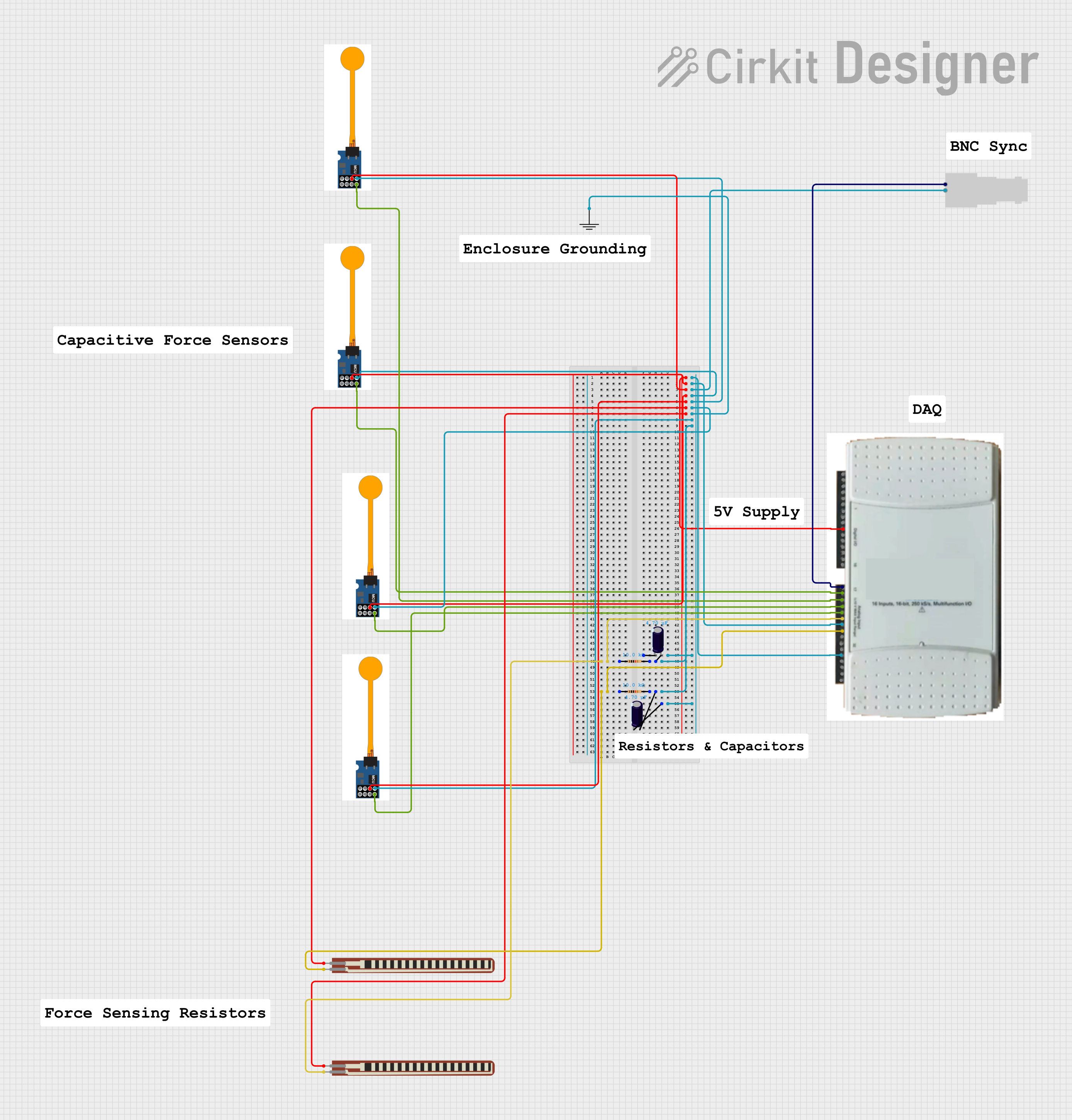
 Open Project in Cirkit Designer
Open Project in Cirkit Designer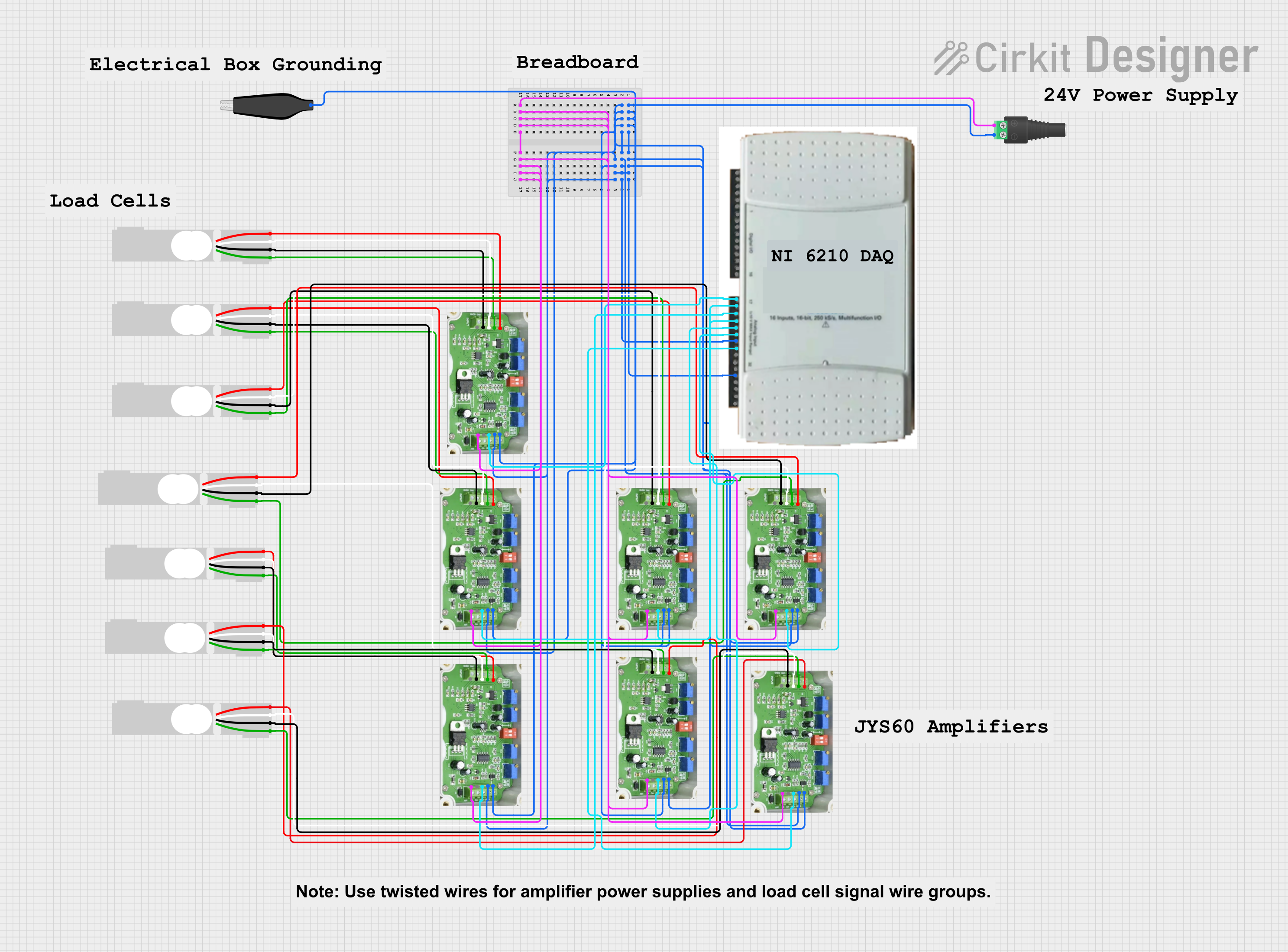
 Open Project in Cirkit Designer
Open Project in Cirkit Designer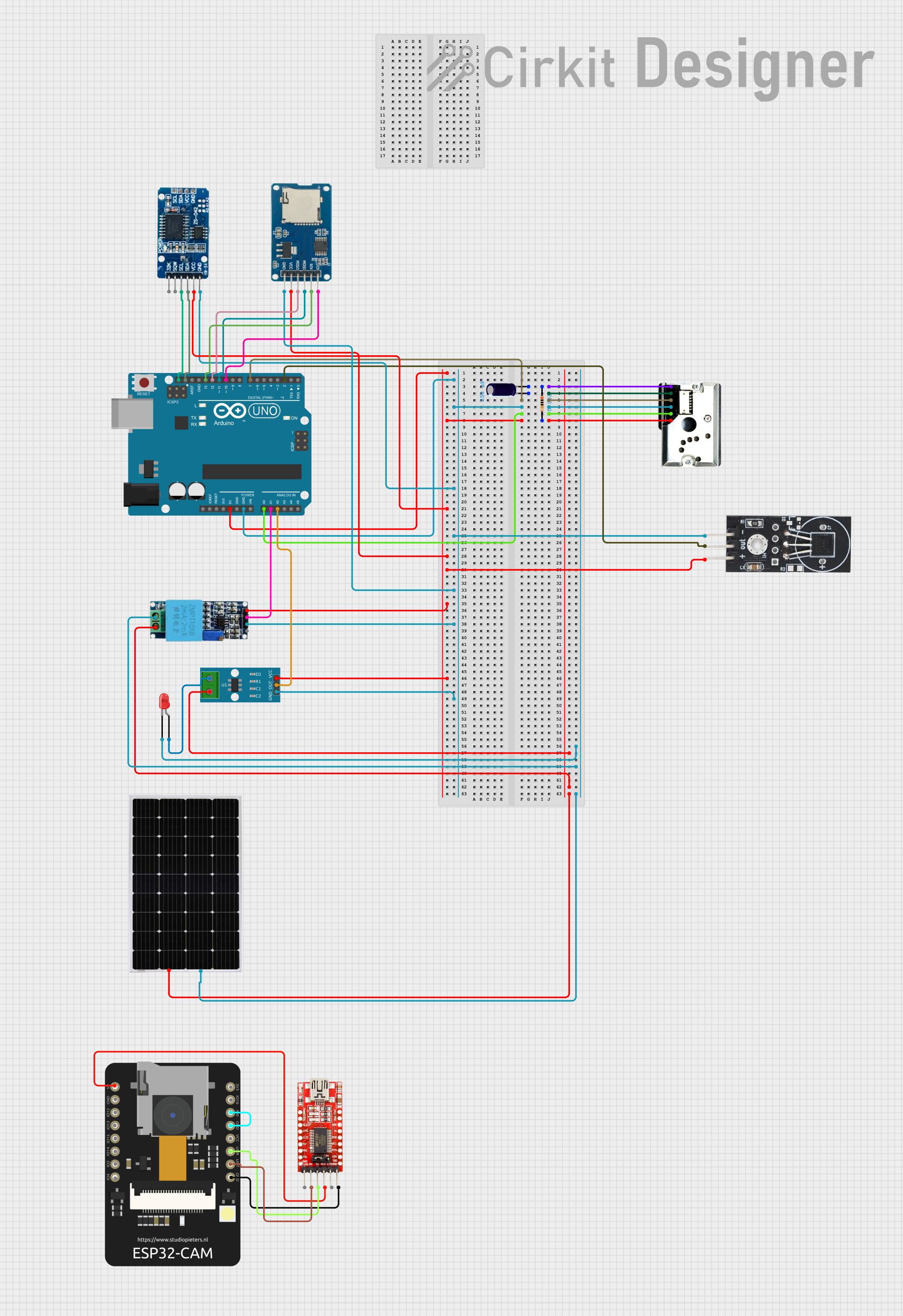
 Open Project in Cirkit Designer
Open Project in Cirkit Designer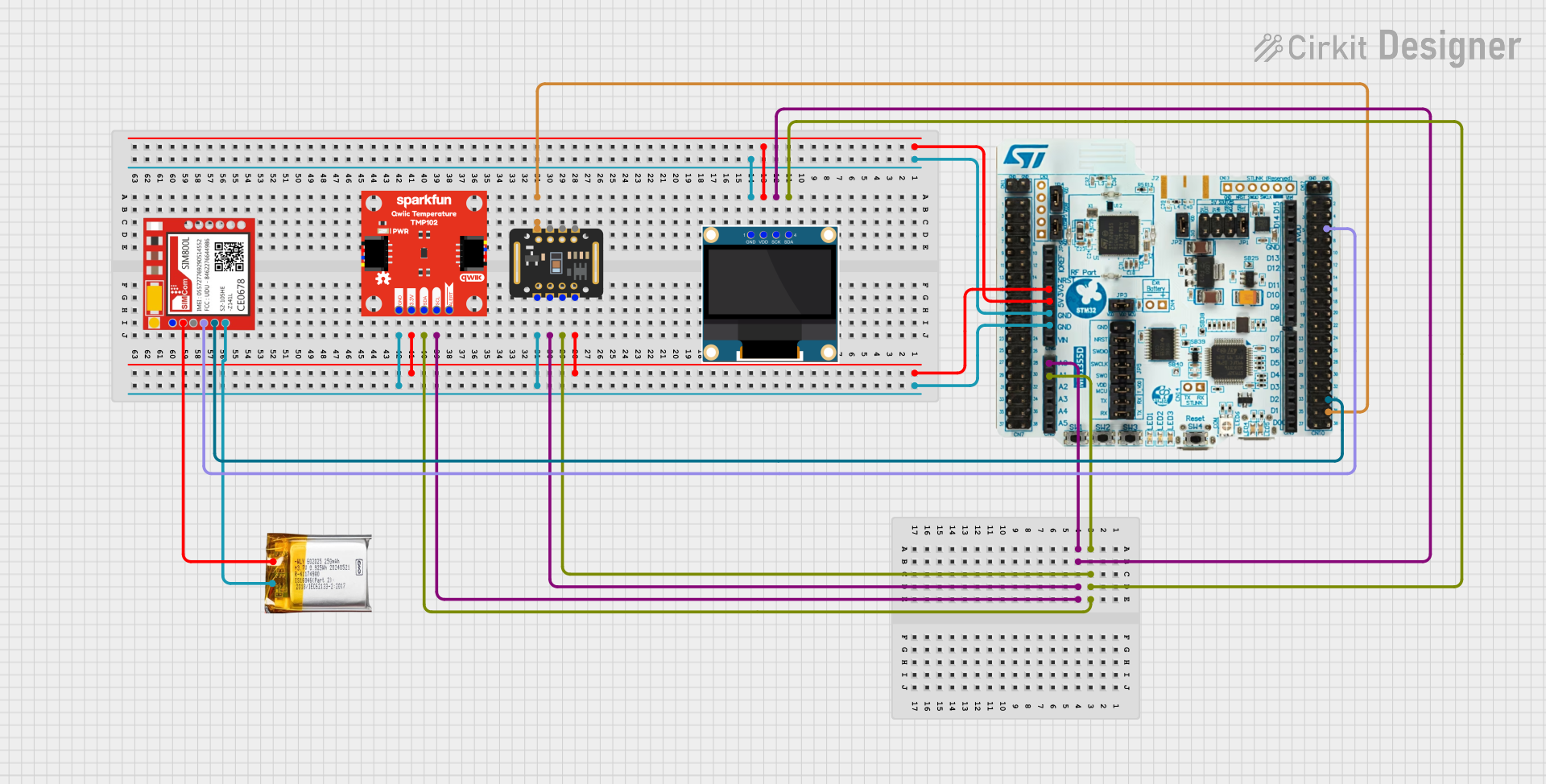
 Open Project in Cirkit Designer
Open Project in Cirkit DesignerExplore Projects Built with USB-6003 DAQ

 Open Project in Cirkit Designer
Open Project in Cirkit Designer
 Open Project in Cirkit Designer
Open Project in Cirkit Designer
 Open Project in Cirkit Designer
Open Project in Cirkit Designer
 Open Project in Cirkit Designer
Open Project in Cirkit DesignerCommon Applications and Use Cases
- Sensor data acquisition for temperature, pressure, or voltage monitoring
- Control systems for industrial automation
- Prototyping and testing in research and development
- Educational purposes for teaching data acquisition concepts
- Signal generation and waveform analysis
Technical Specifications
Key Technical Details
- Manufacturer Part ID: USB-6003
- Analog Inputs: 8 differential or 16 single-ended channels
- Analog Input Resolution: 16 bits
- Analog Input Range: ±10 V, ±5 V, ±2 V, ±1 V, ±0.5 V, ±0.2 V
- Analog Output: 2 channels, 16-bit resolution
- Digital I/O: 13 bidirectional lines
- Counter/Timer: 1 counter (32-bit)
- Sampling Rate: Up to 100 kS/s (aggregate)
- Connectivity: USB 2.0
- Power Supply: USB-powered (no external power required)
- Operating Temperature: 0 °C to 45 °C
- Dimensions: 88.1 mm x 63.5 mm x 20.3 mm
Pin Configuration and Descriptions
The USB-6003 features a 16-pin screw terminal block for easy connectivity. Below is the pinout for the device:
Analog Input Channels
| Pin Number | Signal Name | Description |
|---|---|---|
| 1 | AI0+ | Analog Input Channel 0 (+) |
| 2 | AI0- | Analog Input Channel 0 (-) |
| 3 | AI1+ | Analog Input Channel 1 (+) |
| 4 | AI1- | Analog Input Channel 1 (-) |
| ... | ... | ... (up to AI7+ and AI7-) |
Digital I/O Channels
| Pin Number | Signal Name | Description |
|---|---|---|
| 9 | DIO0 | Digital I/O Line 0 |
| 10 | DIO1 | Digital I/O Line 1 |
| ... | ... | ... (up to DIO12) |
Power and Ground
| Pin Number | Signal Name | Description |
|---|---|---|
| 15 | +5V | 5V Power Output |
| 16 | GND | Ground |
Usage Instructions
How to Use the USB-6003 in a Circuit
- Connect the Device: Plug the USB-6003 into your computer using a USB cable. Ensure the device is recognized by the National Instruments software (e.g., NI-DAQmx).
- Install Drivers: Install the NI-DAQmx driver software, which provides the necessary tools to configure and program the USB-6003.
- Wiring: Use the screw terminal block to connect sensors, actuators, or other devices to the analog input, digital I/O, or counter/timer pins.
- Configure Channels: Use the NI Measurement & Automation Explorer (MAX) to configure the input/output channels, sampling rates, and voltage ranges.
- Programming: Write a program in LabVIEW, Python, or C to acquire data, control outputs, or perform signal processing.
Important Considerations and Best Practices
- Grounding: Ensure all connected devices share a common ground to avoid measurement errors.
- Input Voltage Limits: Do not exceed the specified voltage range for analog inputs to prevent damage.
- Sampling Rate: Distribute the aggregate sampling rate (100 kS/s) across all active channels.
- Cable Length: Use short, shielded cables to minimize noise and signal degradation.
Example Code for Arduino UNO Integration
Although the USB-6003 is typically used with a computer, it can interface with an Arduino UNO for digital I/O control. Below is an example of how to toggle a digital output pin on the USB-6003 using an Arduino:
// Example: Toggling a digital output pin on the USB-6003
// This code assumes the USB-6003 is connected to the computer and controlled
// via NI-DAQmx. The Arduino sends a signal to the computer to toggle the pin.
const int arduinoPin = 7; // Arduino pin connected to the USB-6003 trigger
void setup() {
pinMode(arduinoPin, OUTPUT); // Set the pin as an output
}
void loop() {
digitalWrite(arduinoPin, HIGH); // Send a HIGH signal
delay(1000); // Wait for 1 second
digitalWrite(arduinoPin, LOW); // Send a LOW signal
delay(1000); // Wait for 1 second
}
Note: The USB-6003 requires NI-DAQmx software to interpret signals from the Arduino and toggle its digital output pins.
Troubleshooting and FAQs
Common Issues and Solutions
Device Not Recognized by Computer
- Ensure the USB cable is securely connected.
- Verify that the NI-DAQmx driver is installed and up to date.
- Try connecting the device to a different USB port.
Incorrect or No Data from Analog Inputs
- Check the wiring and ensure the input voltage is within the specified range.
- Verify the channel configuration in NI MAX.
- Use shielded cables to reduce noise.
Digital I/O Not Responding
- Confirm the digital lines are properly configured as input or output.
- Check for loose connections or damaged cables.
Sampling Rate Too Low
- Reduce the number of active channels to increase the sampling rate per channel.
- Ensure the computer meets the minimum system requirements for NI-DAQmx.
FAQs
Can the USB-6003 be powered externally? No, the USB-6003 is USB-powered and does not require an external power supply.
What software is compatible with the USB-6003? The USB-6003 is compatible with NI-DAQmx, LabVIEW, and third-party programming languages like Python and C.
Can I use the USB-6003 for simultaneous analog input and output? Yes, the USB-6003 supports simultaneous analog input and output operations, but the performance depends on the aggregate sampling rate.
Is the USB-6003 suitable for high-frequency signal acquisition? The USB-6003 is designed for low- to mid-frequency applications, with a maximum sampling rate of 100 kS/s. For higher frequencies, consider other DAQ devices with higher sampling rates.